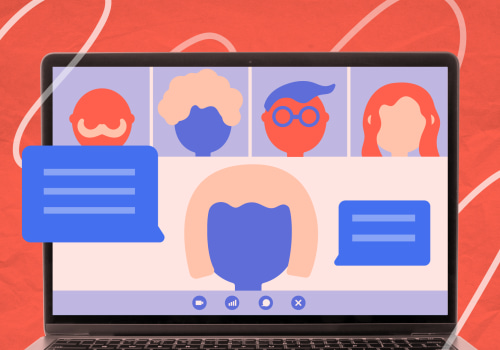With the rise of remote learning due to the pandemic, accessibility for students has become increasingly important. E-learning offers a number of advantages and disadvantages, and understanding these can help ensure that accessibility for remote students is prioritized and they have access to the same quality education as their peers who attend classes in person. To help bridge the gap, many students are turning to online tutoring services such as Spires for accessible learning. In this article, we'll explore the advantages and disadvantages of e-learning, and how Spires online elat tutors can provide accessibility for remote students through their services.
The Challenges of E-Learning for Remote Students
Distance learning can be an isolating experience for remote students, as they may not have the same opportunities to interact with their peers or instructors in person. Additionally, some remote students may have unreliable internet connections or limited access to technology, which can cause technical issues and impede learning. These challenges can have a significant impact on the learning experience. Remote students may feel disconnected from their peers, leading to increased feelings of loneliness or frustration. Technical issues can also cause delays in receiving feedback or accessing course materials, which can impact academic performance. Despite these challenges, distance learning provides remote students with access to educational opportunities that may not have been available to them otherwise. It is important to understand the potential drawbacks of e-learning for remote students, in order to ensure that their needs are taken into account when designing and implementing distance learning programs.The Benefits of E-Learning for Remote Students
E-learning has opened up a world of educational opportunities for remote students, providing access to educational materials from any location. In addition, e-learning offers these students more flexibility when it comes to scheduling their studies.Remote students no longer need to be limited by geographical boundaries or traditional school hours and can take advantage of the convenience and freedom that comes with distance learning. With the right technology and resources, remote students can access a variety of courses and materials without having to travel or attend physical classes. Moreover, e-learning can help remote students develop new skills and knowledge in areas that are not typically offered in their local area. This can be especially beneficial for those living in rural or underserved communities who may not have access to the same educational opportunities as those in more populated areas.
In addition, e-learning can provide remote students with access to a wider variety of courses and materials, enabling them to explore different topics and gain a more well-rounded education. Distance learning also allows remote students to take advantage of the latest technologies, which can help them stay up-to-date on the latest developments in their chosen field. Finally, e-learning can provide remote students with an opportunity to build relationships with other learners from around the world. By connecting with peers through discussion forums and other online activities, remote students can gain valuable insight into different cultures and perspectives, as well as learn from each other's experiences. Overall, e-learning offers remote students unique opportunities to access educational resources and experiences that may not be available in their local area. The potential benefits of e-learning for remote students include increased flexibility, access to a wider range of resources and a more personalised learning experience.
However, there are potential drawbacks associated with distance learning, such as the need for self-motivation and dedication, as well as technical difficulties which can hinder progress. By understanding the advantages and disadvantages of e-learning for remote students, educators can make informed decisions about whether this type of learning is right for their students.






